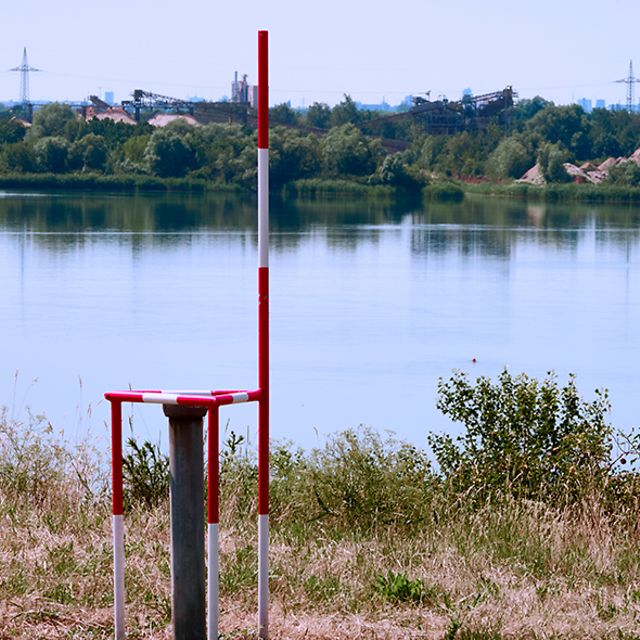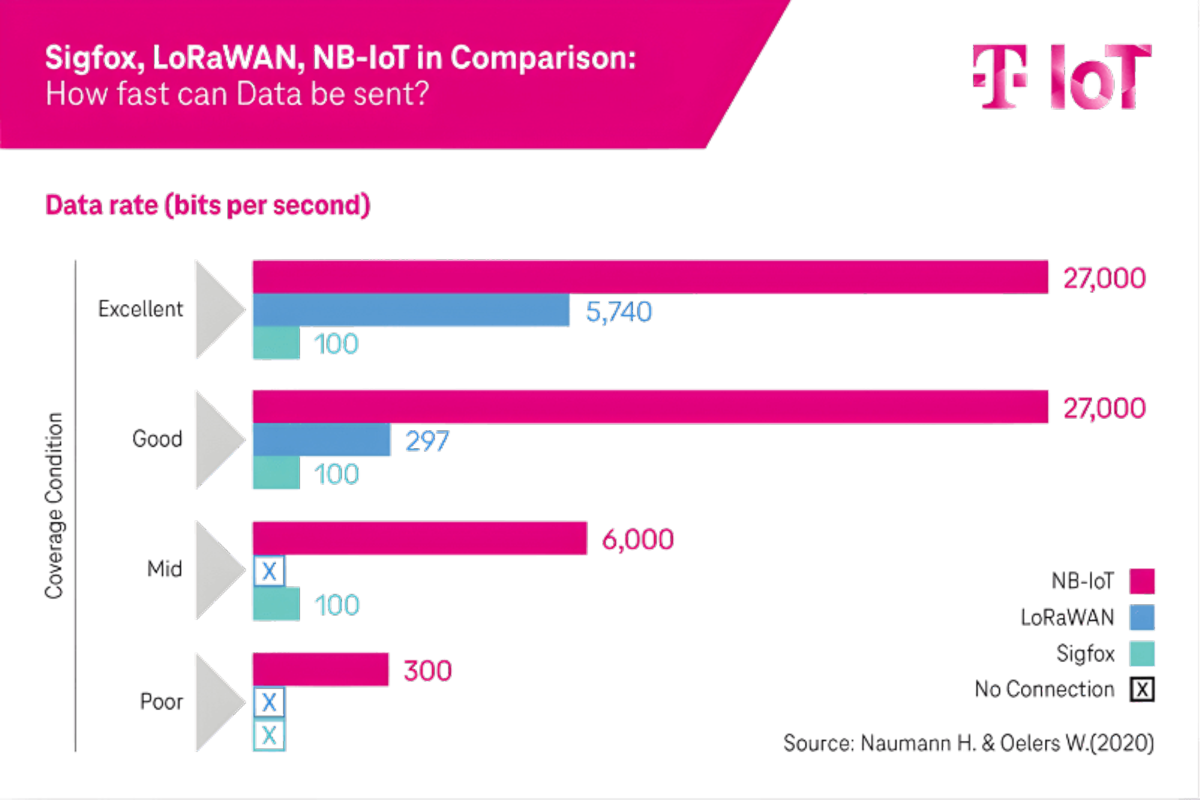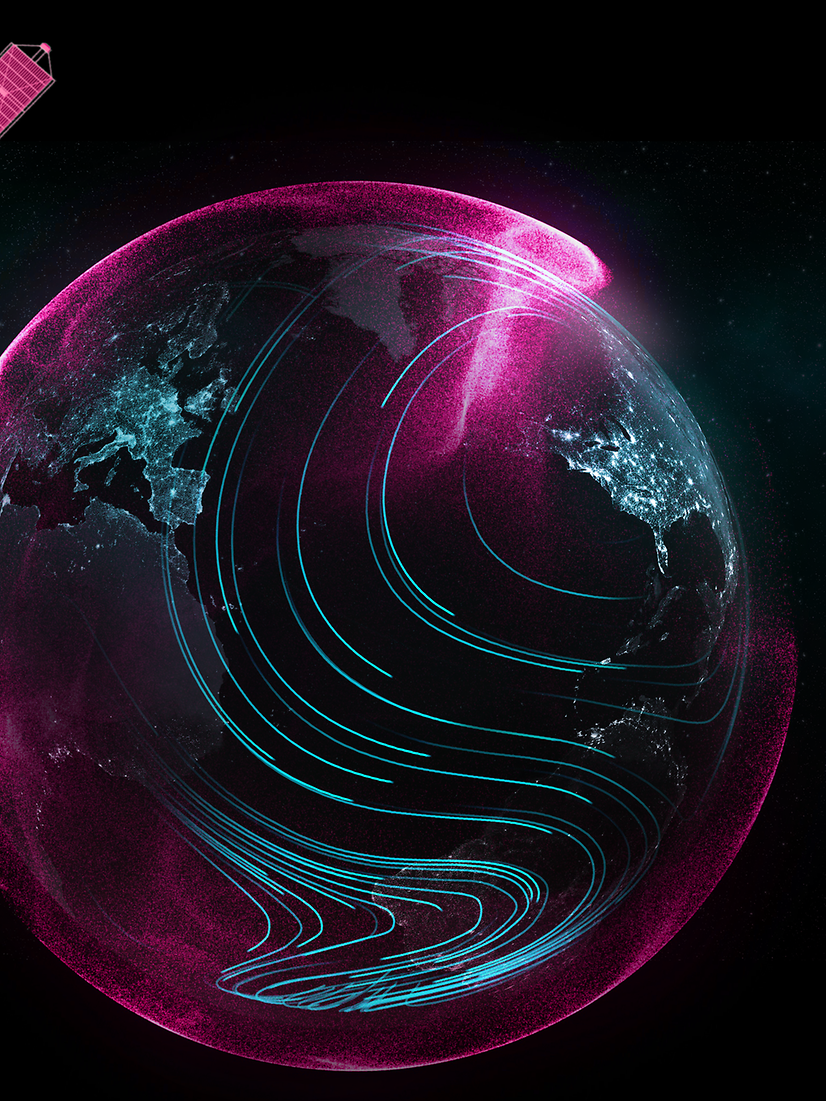If IoT data from measuring points - or in other industries, for example, from gas meters, pallets, waste bins, containers and wind turbines - are transmitted wirelessly, one question arises: Which wireless technology best serves this IoT use case? Simply an LTE module with SIM card is not the most efficient solution in many cases. This is because the IoT end devices installed here, such as sensors or trackers, have a completely different requirement profile than smartphones and laptops. For example, they do not have a battery or power cable and are therefore dependent on batteries when installed away from any power source.
Energy efficiency is therefore an important criterion to ensure that the devices function for as long as possible without the need to replace batteries. Appropriate wireless modules must also be developed for a mass roll-out in the factory, smart city or agriculture to be cost-effective. At the same time, a long range is required, as well as good building penetration - because they often work in environments with poor reception conditions such as basements or cellars.
Radio modules with conventional LTE mobile communications consume too much energy, and other widely used standards from NFC to Bluetooth and WLAN to RFID lack range. This is why LPWAN (Low Power Wide Area Networks) technologies for transmitting data from IoT devices came onto the scene a few years ago.



